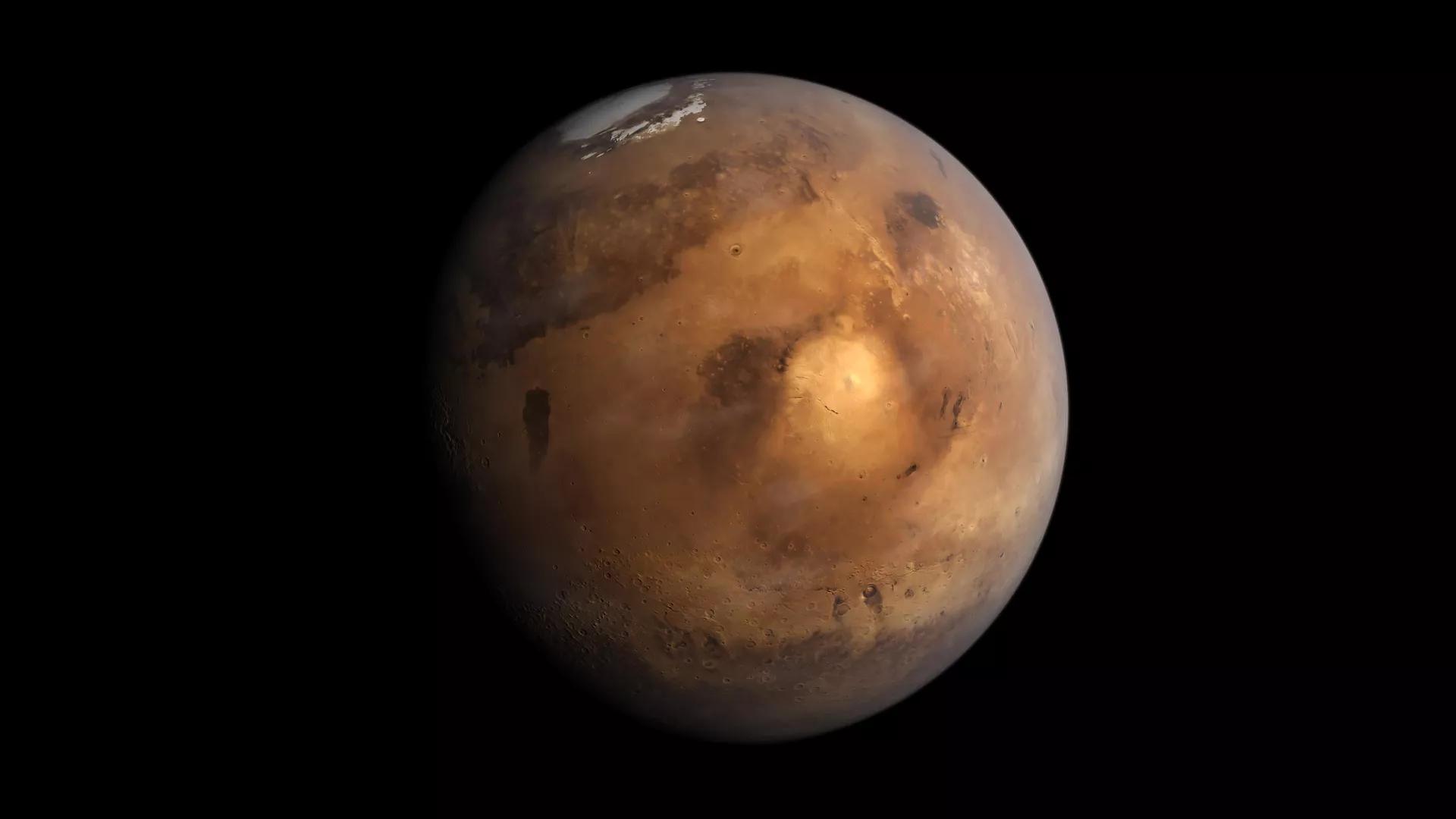Africa-Press – Liberia. Like our planet, quakes also occur on Mars, but were not accurately observed until 2019. It is believed that in the past, the Red Planet was more seismically active, but even in the modern times, the sensors detect distortions characteristic of a marsquake, but they are usually weak in comparison with most Earth ones.
NASA’s InSight lander’s seismometer on Mars has recorded two of the planet’s largest seismic occurrences to date: a magnitude 4.2 and a magnitude 4.1 marsquake, a new paper published in The Seismic Record revealed.
According to the Seismological Society of America’s press release upon the findings, the two events are the first to be recorded on the planet’s far side from the lander, and they are five times more powerful than the previous biggest event.
Researchers from InSight’s Marsquake Service (MQS) reported that seismic wave data from the events could help researchers understand more about Mars’ inner layers, notably its core-mantle boundary.
The University of Bristol’s Anna Horleston and colleagues were reportedly able to identify reflected PP and SS waves from the magnitude 4.2 event known as S0976a and pinpoint its location in the Valles Marineris, a massive canyon network that is one of Mars’ most distinctive geological features and one of the Solar System’s largest graben systems.
The location had previously been suspected of being seismically active based on orbital photos of cross-cutting faults and landslides, but the latest event represents the first documented seismic activity there.
According to the report, reflected PP and SS waves, as well as Pdiff waves, small amplitude waves that crossed the core-mantle boundary, were all present in S1000a, a magnitude 4.1 event that occurred 24 days later.
The InSight mission has discovered Pdiff waves for the first time. S1000a, like S0976a, originated on Mars’ far side, but the researchers were unable to pinpoint its exact position. With a duration of 94 minutes, the seismic energy from S1000a is likewise the longest yet recorded on Mars.
Both marsquakes occurred in the core shadow zone, an area where the core stops or bends P and S waves, preventing them from reaching InSight’s seismometer, according to the publication. PP and SS waves do not travel directly to the seismometer; instead, they are reflected at least once at the surface before reaching it.
And researchers say that there are some significant differences between the two marsquakes.
S0976a, like many of the quakes discovered so far on the planet, is characterized by low frequency energy, but S1000a has a relatively broad frequency spectrum.
According to her, the latter seismic event “has a frequency spectrum much more like a family of events that we observe that have been modeled as shallow, crustal quakes, so this event may have occurred near the surface.”
The two new far-side quakes are true outliers when compared to the remainder of the seismic activity identified by InSight, according to the researchers.
According to earlier studies, Valles Marineris, a 4,000 km long canyon system, is thought to represent the relic of an old Martian strike-slip fault. Even if it was once an active fault, it’s unclear whether it’s still active or has “frozen” into place.
For More News And Analysis About Liberia Follow Africa-Press






